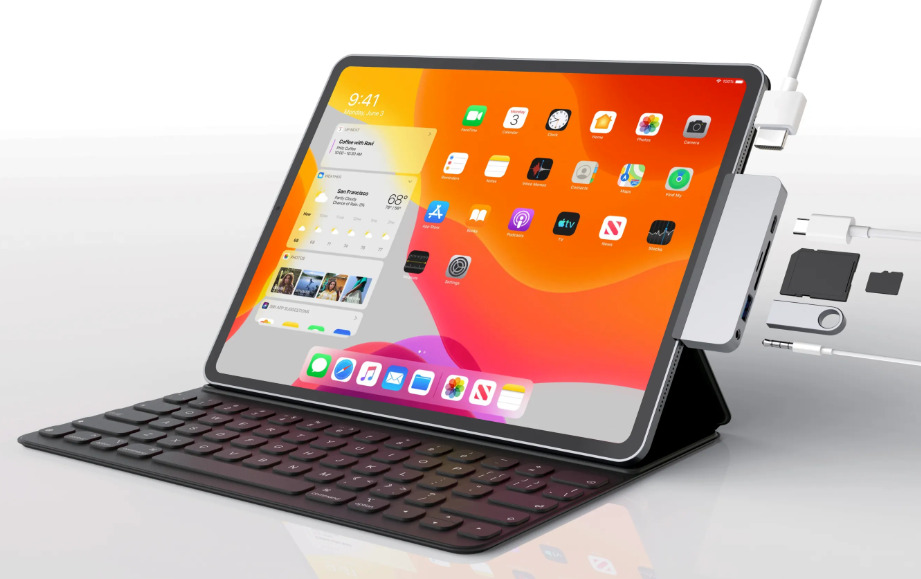Even though standards like USB-C and USB 3.2 are still gaining traction, the first devices with USB 4 still using the USB-C connector should arrive towards the end of 2020, according the USB Promoter Group.
While the standard is currently in a "0.7" release state, a variety of details are already known, Anandtech reported. The standard will for instance be based on Thunderbolt 3, but unlike current USB-C accessories operate at that standard's full 40 gigabits per second. Current USB-C cables are interoperable with Thunderbolt but can never go faster than 20 gigabits via USB 3.2, and more frequently run at 10 or even 5 gigabits.
The Promoter Group is further promising "multiple simultaneous data and display protocols," and backwards compatibility with USB 3.2, Thunderbolt 3, and USB 2.0.
An official USB 4 specification is anticipated this summer. The standard is considered to be such a radical change that the Promoter Group is contemplating new logos and branding.
Apple will likely want to adopt USB 4 as quickly as possible on Macs, given its rapid adoption of both Thunderbolt and USB-C in the past. Less certain is when the technology will migrate to the iPad Pro — which already has USB-C — and whether it will come at all to the iPhone. The company has so far resisted switching iPhones away from Lightning, even as USB-C becomes increasingly de facto on Android devices.
 Roger Fingas
Roger Fingas








 Wesley Hilliard
Wesley Hilliard
 Malcolm Owen
Malcolm Owen
 Andrew Orr
Andrew Orr
 William Gallagher
William Gallagher
 Sponsored Content
Sponsored Content
 Christine McKee
Christine McKee

 Thomas Sibilly
Thomas Sibilly







23 Comments
"Less certain is when the technology will migrate to the iPad Pro — which already has USB-C — and whether it will come at all to the iPhone. " Forget iphones. I am desperately hoping the next round of ipad hardware updates will standardize on usb-c.
USB 4 will almost certainly be an optical standard . Otherwise the cable lengths will be limited to about 6”. Copper just can’t go that fast no matter what the encoding scheme is. Copper has resistance, light doesn’t. And someone tell me why an iPhone would need a 40 gigabit connections, hmmmm.
Is this the Intel definition of “soon”?
Adoption is really going to be gated to when Intel puts USB4 support into their PCH chips, and maybe to a lessor extant, AMD puts it into their IO chipsets. Before that, it’s just OEMs who are willing to spend margin on discrete USB4 chips, which won’t be that many if history is a guide.